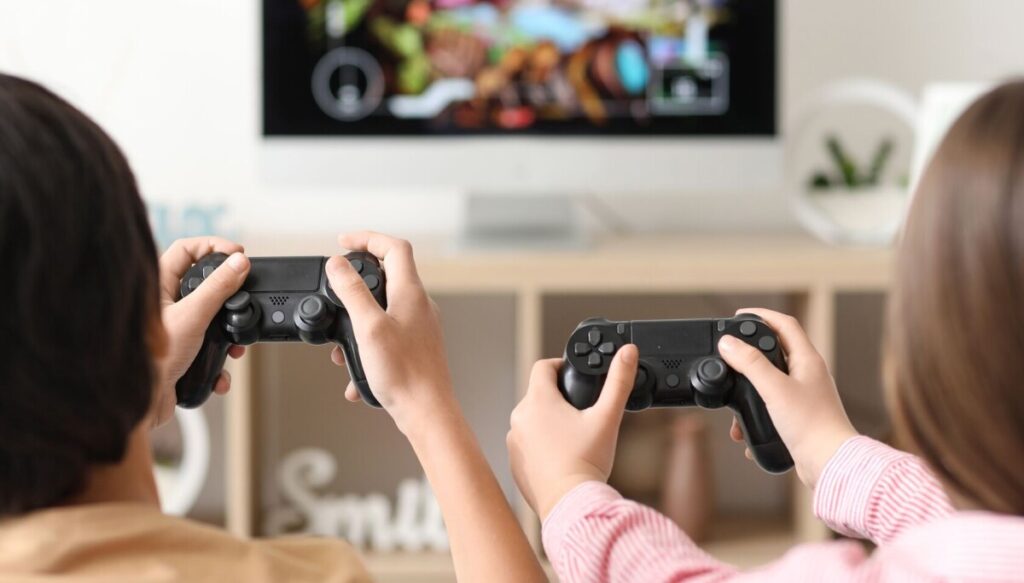
Video games have become a cornerstone of modern entertainment, yet for players with visual impairments, access remains a significant hurdle. Sound-based navigation is emerging as a transformative solution, offering blind players the opportunity to enjoy immersive gaming experiences on par with their sighted counterparts.
Recent research has laid the groundwork for a more inclusive gaming industry. By developing and testing a new framework for accessible game design, this study demonstrates that integrating robust auditory navigation systems into games can effectively bridge the accessibility gap.
Win-Win for Developers and Gamers
The gaming industry has made notable strides in accessibility, but these solutions are often costly and primarily developed by AAA studios, the video game equivalent of Hollywood productions. This financial barrier limits smaller studios from tailoring their games for blind players, forcing these gamers to rely on unofficial modifications or workarounds to enjoy mainstream and indie games.
For game developers, this represents a new opportunity to reach a broader audience by implementing built-in accessibility features rather than relying on third-party solutions. For players, it means more freedom to enjoy video games without unnecessary barriers. Organizations such as The Norwegian Association of the Blind and Partially Sighted (Blindeforbundet) are enthusiastic about these developments and are collaborating by providing testers, reinforcing the real-world impact of this work.
Testing the Waters: Sound-Based Navigation in Action
To evaluate the effectiveness of sound-based navigation, researchers conducted experiments with two groups: blind players and sighted participants who played the game blindfolded to simulate varying levels of visual impairment. Participants navigated a game environment using audio cues, including a moving sound cue that guided players towards objectives using spatial audio, without any visual assistance.
Data showed that most participants could successfully navigate the game using only auditory information, confirming that well-designed sound cues can serve as an effective tool for orientation and movement.
The experiment collected data on participants’ ability to complete levels, the time required, and their experiences through questionnaires. The results underscored the potential of sound-based navigation as a viable accessibility feature in video games.
Practical Implications and Future Steps
Based on these promising findings, the next research phase will focus on refining this approach with feedback from testers across different game genres and environments. The aim is to create a standardized framework that game developers can easily integrate into their production pipelines.
To ensure practicality, researchers are collaborating closely with the Norwegian game industry, including Snowcastle Games, to optimize developer workflows and enhance the scalability of games available for blind players. The ultimate goal is to establish sound-based navigation as an industry standard, making games truly accessible to all players.
By combining research, industry collaboration, and direct input from blind players, the gaming world can move towards a future where video games are designed inclusively from the outset.
Reference: A. Espeseth and K. Raaen, “Playing Games Without Sight: Sonic Play,” 2024 IEEE Gaming, Entertainment, and Media Conference (GEM), Turin, Italy, 2024, pp. 1-6, doi: 10.1109/GEM61861.2024.10585643.
For those interested in contributing to this evolving field or sharing their insights, the ScienceNorway Researchers’ zone welcomes opinions, blogs, and popular science pieces from researchers and scientists based in Norway. Interested parties are encouraged to reach out via email.






